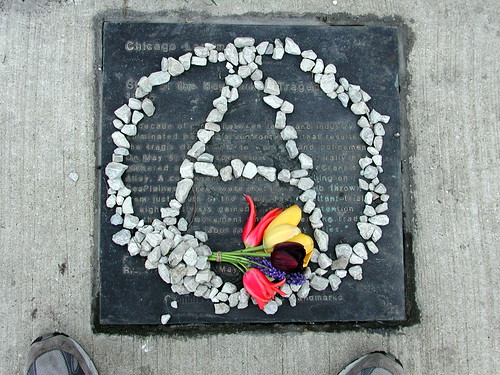Humans have ingested marijuana nearly as long as they’ve ingested alcohol. Too bad the Catholic Church rituals didn’t include puffing on a sacramental cannabis wafer in addition to drinking the blood of Christ. Our society would be a lot different with so many fewer people in jail for inhaling smoke of a plant.
Researchers say they have located the world’s oldest stash of marijuana, in a tomb in a remote part of China.
The cache of cannabis is about 2,700 years old and was clearly “cultivated for psychoactive purposes,” rather than as fibre for clothing or as food, says a research paper in the Journal of Experimental Botany.
The 789 grams1 of dried cannabis was buried alongside a light-haired, blue-eyed Caucasian man, likely a shaman of the Gushi culture, near Turpan in northwestern China.
The extremely dry conditions and alkaline soil acted as preservatives, allowing a team of scientists to carefully analyze the stash, which still looked green though it had lost its distinctive odour.
“To our knowledge, these investigations provide the oldest documentation of cannabis as a pharmacologically active agent,” says the newly published paper, whose lead author was American neurologist Dr. Ethan B. Russo.
Remnants of cannabis have been found in ancient Egypt and other sites, and the substance has been referred to by authors such as the Greek historian Herodotus. But the tomb stash is the oldest so far that could be thoroughly tested for its properties.
The 18 researchers, most of them based in China, subjected the cannabis to a battery of tests, including carbon dating and genetic analysis. Scientists also tried to germinate 100 of the seeds found in the cache, without success.
The marijuana was found to have a relatively high content of THC, the main active ingredient in cannabis, but the sample was too old to determine a precise percentage.
[From 2,700-year-old marijuana stash found | Weird | News | Toronto Sun]
And this is a new factoid:
Footnotes:The region of China where the tomb is located, Xinjiang, is considered an original source of many cannabis strains worldwide.
- which equals 1.73 lbs, if you were curious [
]








